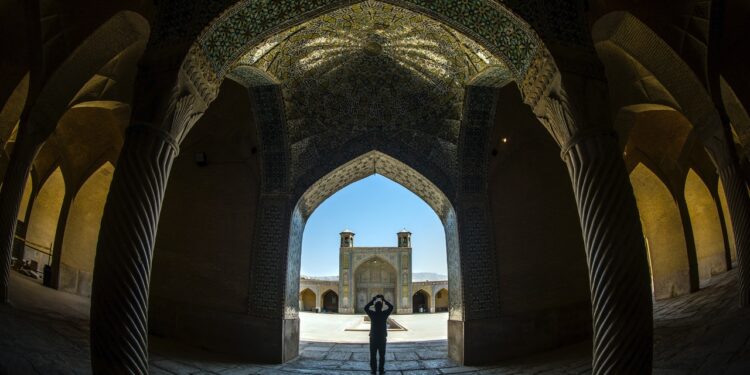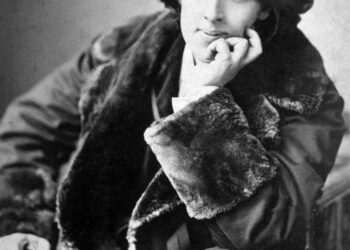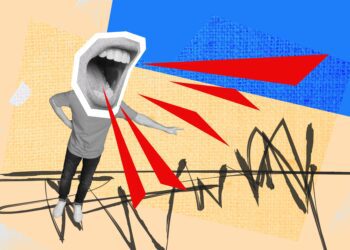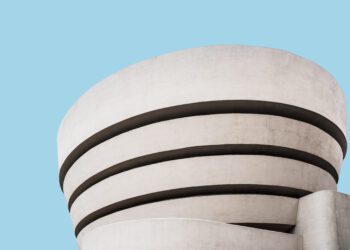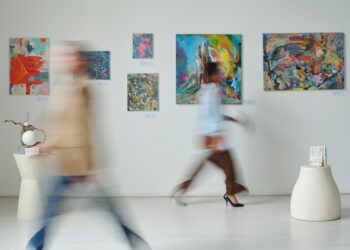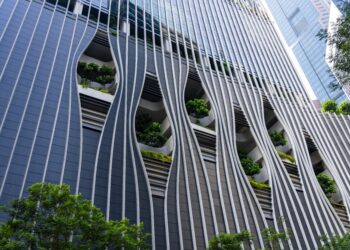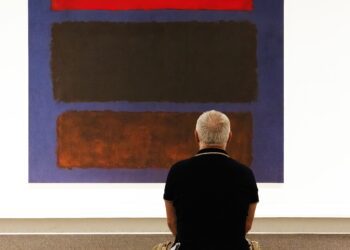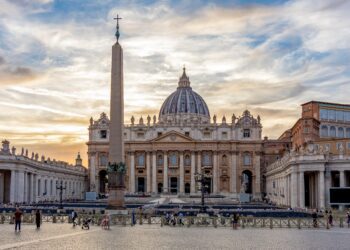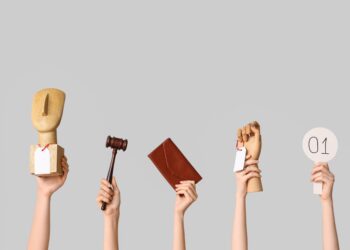London’s V&A museum’s Epic Iran show is the first British exhibition in many years to give an overview of how Iran’s complex culture developed over thousands of years and—its curators hope—a way to get visitors to look beyond Tehran’s tensions with the West.
A major exhibition of Persian art opened in London in 1931 and was the first chance for Britain to study the culture of a country little understood by non-Iranians. (It wasn’t until a few years later that the word Iran replaced the established name Persia.)
The V&A’s Tim Stanley said it’s regrettable that Britain then waited another 90 years to re-explore Iran’s multi-faceted and fascinating artefacts. The new London show, which he has co-curated, covers five millennia of history and culture.
“Yet you still have to ask how much better our understanding is today than in the 1930s,” he added.
The exhibition starts at roughly 5200BC, the earliest period in the country’s history from which written texts survive, and displays some 300 objects to piece together the history of arts and design in Iran.
The show is in 10 sections. One early object is a sumptuous rhyton (drinking jug) made of gold and probably created some time after 500BC.
Less glittering but equally evocative is the Cyrus cylinder of the same period. In ancient cuneiform writing, it tells of the conquest of Babylon in 539BC. The clay cylinder is normally housed in the British Museum.
The exhibition contents are from the V&A’s own holdings and from other British, European and American museums. Given how tense UK-Iranian relations have been in recent times the show inevitably carries a hint of cultural diplomacy. But it unquestionably boasts some gorgeous objects.
Ina Sarikhani Sandmann chose the more recent work on display. She said she suspects many people will be surprised by the exhibits from modern Iran. Her family left the country after the 1979 Islamic revolution and built up a remarkable collection of Iranian art.
“Often people don’t realise Iran has continued to have an innovative, exciting and explorative scene, even since the revolution,” she highlighted. “After World War Two Iran went through an incredible epoch of cultural dynamism—not just in Tehran. Some of those modernisms looked clearly Iranian to an outside view and others less so.”
One of her favourite pieces in the show is Veiled Woman, painted by Sirak Melkonian in 1957.
“The artist shows a woman emerging from the bath-house. She has her chador (large scarf) wrapped around her and you catch just a glimpse of her hand holding it tight beneath her chin as she glances sideways at you,” Sandmann explained, adding that it’s a reminder of how the Iranian avant-garde remained interested in the textures of local life.
“Perhaps people will see that the underlying concerns are love and war and desire and power,” she added. “They’re the intimate moments of life which exist in art almost everywhere.”
Epic Iran will be at the V&A in London until 12 September.

